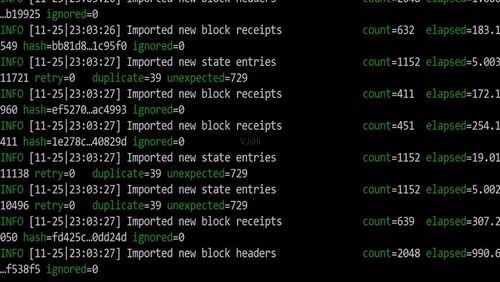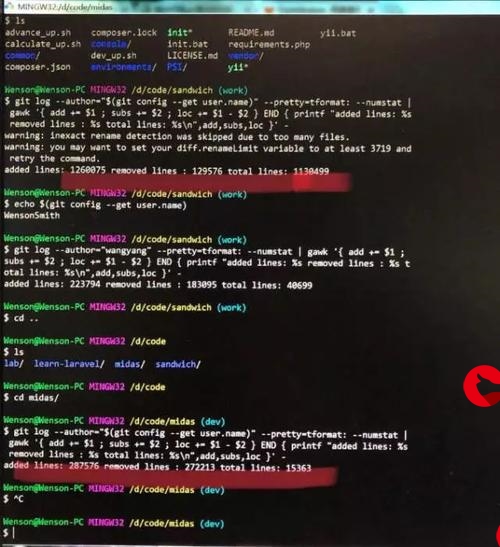 更快的边缘检测方法,快速查找线、圆、椭圆"/>
更快的边缘检测方法,快速查找线、圆、椭圆"/>
OpenCV中更稳更快的边缘检测方法,快速查找线、圆、椭圆
计算机视觉之家看到快速圆检测Edge Drawing,其效果比霍夫要好,速度更快(具体效果可以参考视觉之家的文章),上面C++代码不全,那么好的检测效果国内资料竟然那么少,后在opencv的开发文档中找到了C++代码,在此分享学习交流。
实战 | OpenCV中更稳更快的找圆方法--EdgeDrawing使用演示(详细步骤 + 代码)_opencv 找圆_计算机视觉之家的博客-CSDN博客
OpenCV: EdgeDrawing
OpenCV: fld_lines.cpp
#include <iostream>#include "opencv2/imgproc.hpp"
#include "opencv2/ximgproc.hpp"
#include "opencv2/imgcodecs.hpp"
#include "opencv2/highgui.hpp"using namespace std;
using namespace cv;
using namespace cv::ximgproc;int main(int argc, char** argv)
{string in;CommandLineParser parser(argc, argv, "{@input|corridor.jpg|input image}{help h||show help message}");if (parser.has("help")){parser.printMessage();return 0;}in = samples::findFile(parser.get<string>("@input"));Mat image = imread(in, IMREAD_GRAYSCALE);if( image.empty() ){return -1;}// Create FLD detector// Param Default value Description// length_threshold 10 - Segments shorter than this will be discarded// distance_threshold 1.41421356 - A point placed from a hypothesis line// segment farther than this will be// regarded as an outlier// canny_th1 50 - First threshold for// hysteresis procedure in Canny()// canny_th2 50 - Second threshold for// hysteresis procedure in Canny()// canny_aperture_size 3 - Aperturesize for the sobel operator in Canny().// If zero, Canny() is not applied and the input// image is taken as an edge image.// do_merge false - If true, incremental merging of segments// will be performedint length_threshold = 10;float distance_threshold = 1.41421356f;double canny_th1 = 50.0;double canny_th2 = 50.0;int canny_aperture_size = 3;bool do_merge = false;Ptr<FastLineDetector> fld = createFastLineDetector(length_threshold,distance_threshold, canny_th1, canny_th2, canny_aperture_size,do_merge);vector<Vec4f> lines;// Because of some CPU's power strategy, it seems that the first running of// an algorithm takes much longer. So here we run the algorithm 10 times// to see the algorithm's processing time with sufficiently warmed-up// CPU performance.for (int run_count = 0; run_count < 5; run_count++) {double freq = getTickFrequency();lines.clear();int64 start = getTickCount();// Detect the lines with FLDfld->detect(image, lines);double duration_ms = double(getTickCount() - start) * 1000 / freq;cout << "Elapsed time for FLD " << duration_ms << " ms." << endl;}// Show found lines with FLDMat line_image_fld(image);fld->drawSegments(line_image_fld, lines);imshow("FLD result", line_image_fld);waitKey(1);Ptr<EdgeDrawing> ed = createEdgeDrawing();ed->params.EdgeDetectionOperator = EdgeDrawing::SOBEL;ed->params.GradientThresholdValue = 38;ed->params.AnchorThresholdValue = 8;vector<Vec6d> ellipses;for (int run_count = 0; run_count < 5; run_count++) {double freq = getTickFrequency();lines.clear();int64 start = getTickCount();// Detect edges//you should call this before detectLines() and detectEllipses()ed->detectEdges(image);// Detect linesed->detectLines(lines);double duration_ms = double(getTickCount() - start) * 1000 / freq;cout << "Elapsed time for EdgeDrawing detectLines " << duration_ms << " ms." << endl;start = getTickCount();// Detect circles and ellipsesed->detectEllipses(ellipses);duration_ms = double(getTickCount() - start) * 1000 / freq;cout << "Elapsed time for EdgeDrawing detectEllipses " << duration_ms << " ms." << endl;}Mat edge_image_ed = Mat::zeros(image.size(), CV_8UC3);vector<vector<Point> > segments = ed->getSegments();for (size_t i = 0; i < segments.size(); i++){const Point* pts = &segments[i][0];int n = (int)segments[i].size();polylines(edge_image_ed, &pts, &n, 1, false, Scalar((rand() & 255), (rand() & 255), (rand() & 255)), 1);}imshow("EdgeDrawing detected edges", edge_image_ed);Mat line_image_ed(image);fld->drawSegments(line_image_ed, lines);// Draw circles and ellipsesfor (size_t i = 0; i < ellipses.size(); i++){Point center((int)ellipses[i][0], (int)ellipses[i][1]);Size axes((int)ellipses[i][2] + (int)ellipses[i][3], (int)ellipses[i][2] + (int)ellipses[i][4]);double angle(ellipses[i][5]);Scalar color = ellipses[i][2] == 0 ? Scalar(255, 255, 0) : Scalar(0, 255, 0);ellipse(line_image_ed, center, axes, angle, 0, 360, color, 2, LINE_AA);}imshow("EdgeDrawing result", line_image_ed);waitKey();return 0;
}
更多推荐
OpenCV中更稳更快的边缘检测方法,快速查找线、圆、椭圆












发布评论